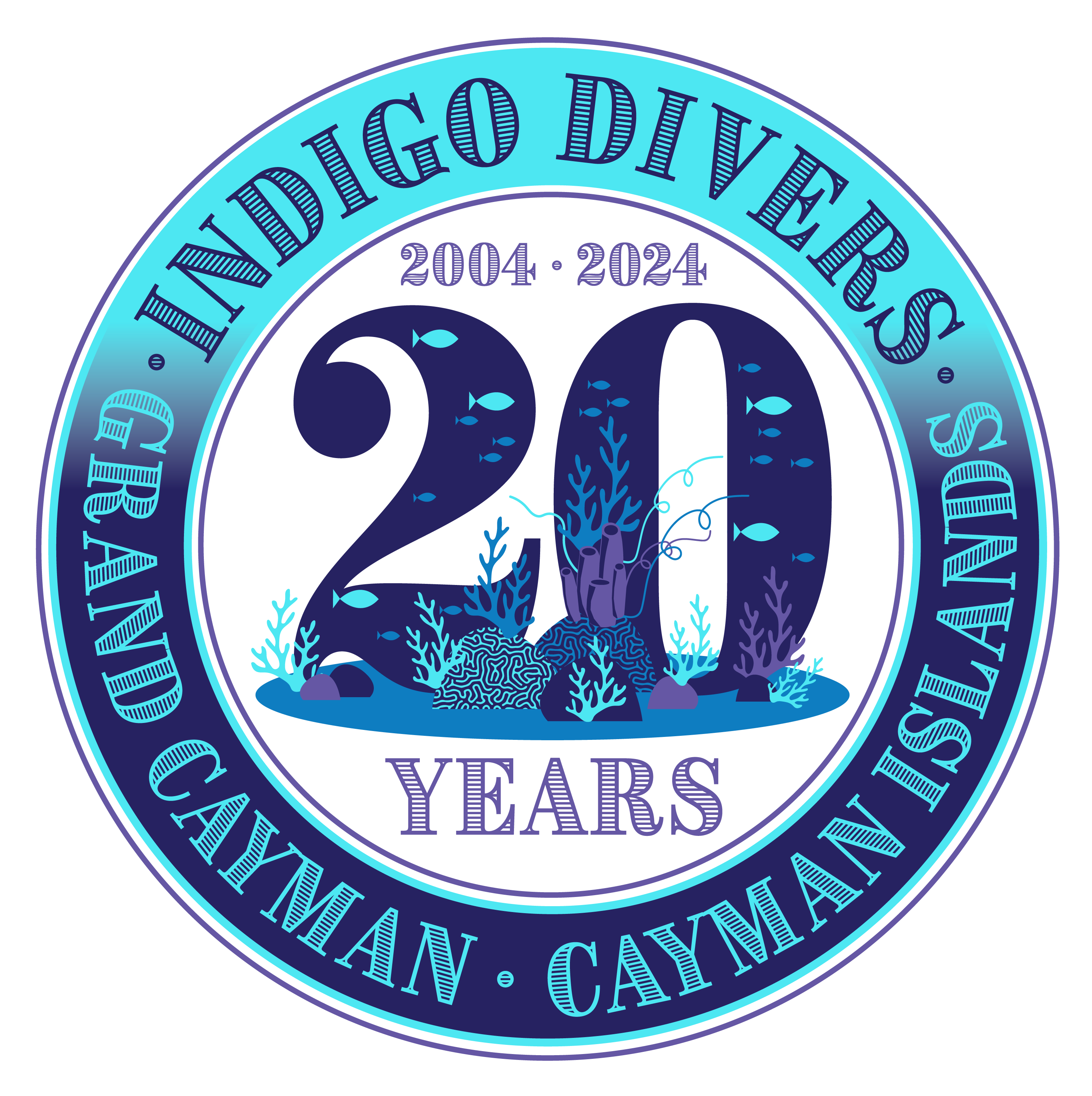 For a better experience on Indigo Divers - Grand cayman update your browser.
For a better experience on Indigo Divers - Grand cayman update your browser. 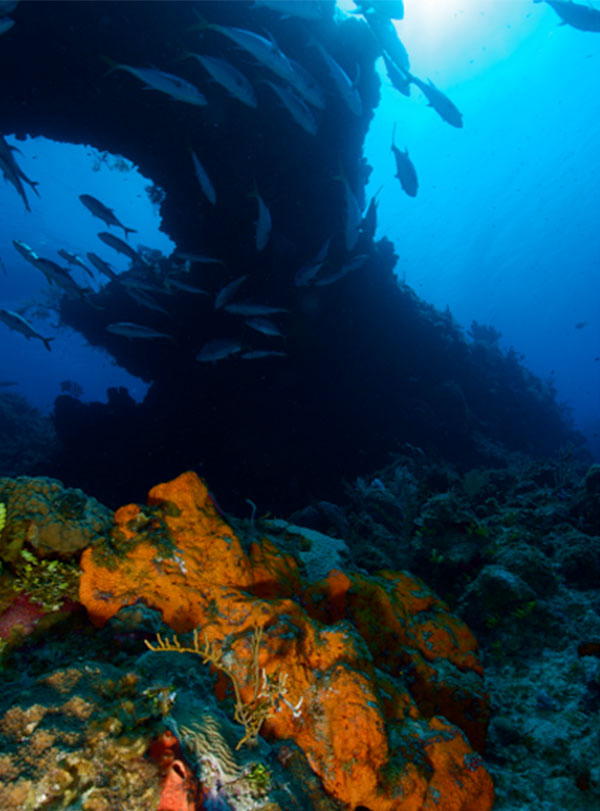
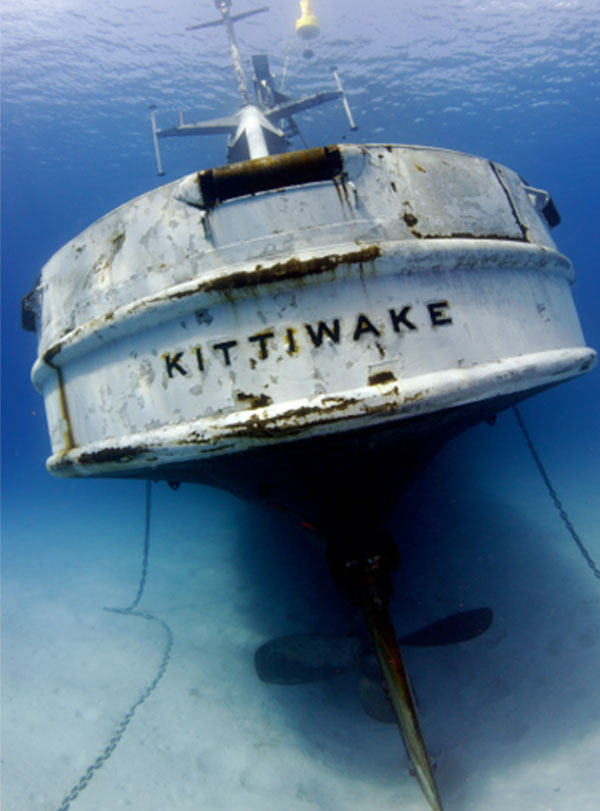
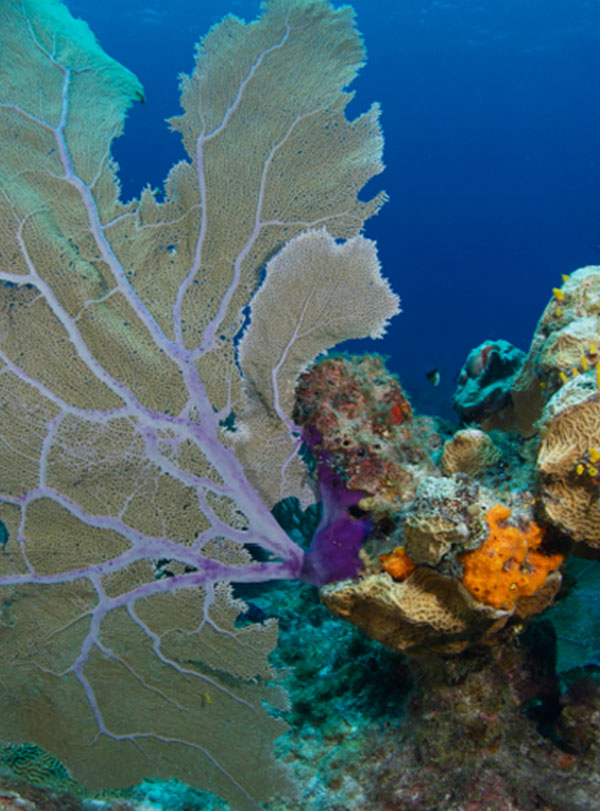
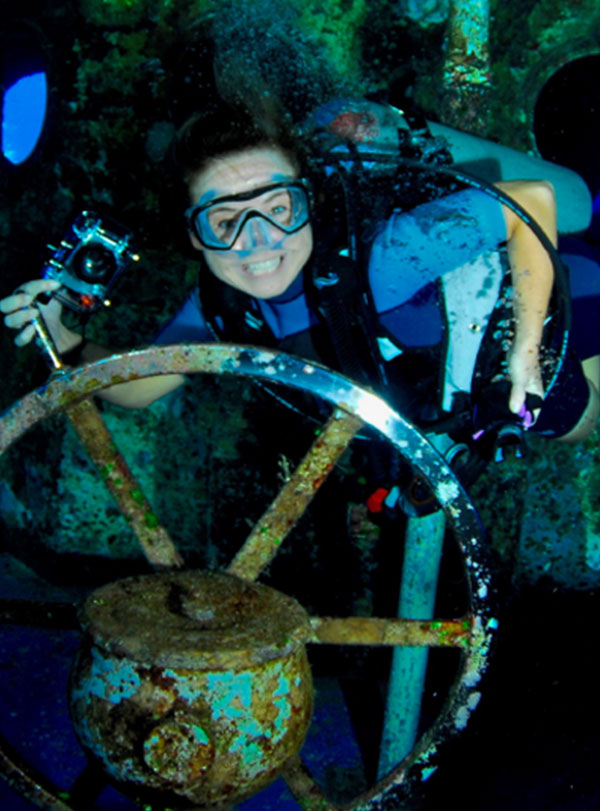
the kittiwake
The USS KITTIWAKE arrived in the Cayman Islands on Christmas Day 2010, & was sunk in spectacular style at the top of Sand Chute, on January 5th 2011. A former submarine rescue vessel, she served the US Navy for over 54 years, before she was decommissioned in 1994. Resting at 64 ft in the sand, she is 251 ft long, 44 ft beam, & with 5 decks, sits 47 ft tall.
stingray city
“The worlds best 12 ft dive!” Caymanian fishermen returned with the days catch, and once within the protected north sound they would drop anchor. While cleaning their fish, any leftovers would be thrown overboard. The stingrays quickly caught on to this daily ritual. In 1987, a curious dive master discovered just how friendly they were and that was the birth of Stingray City!
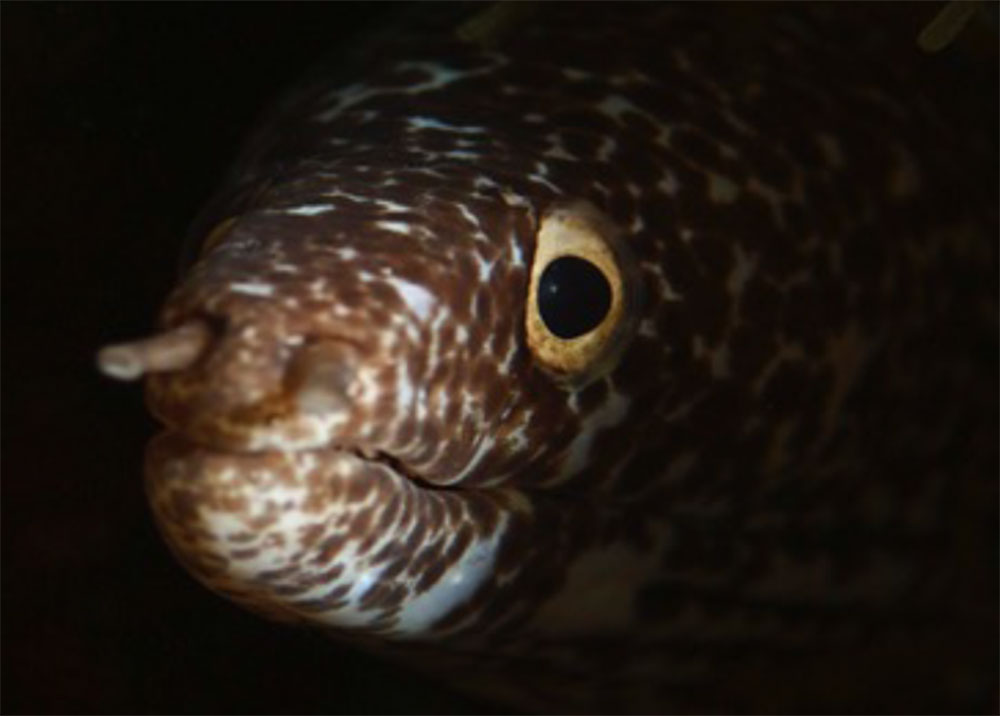
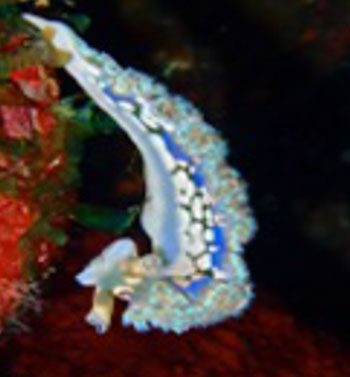
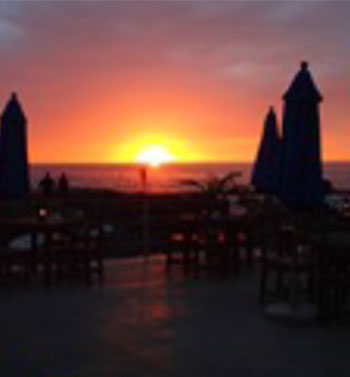
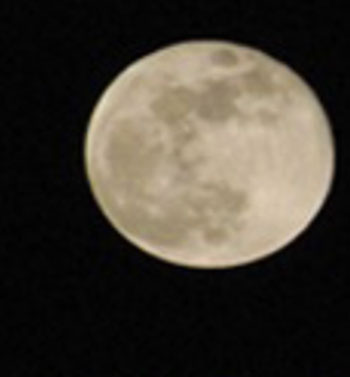
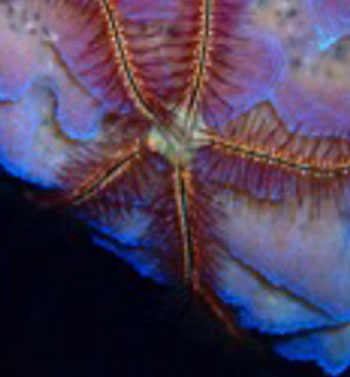
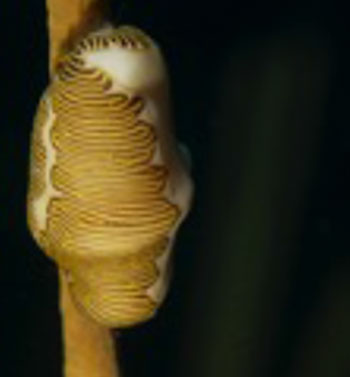
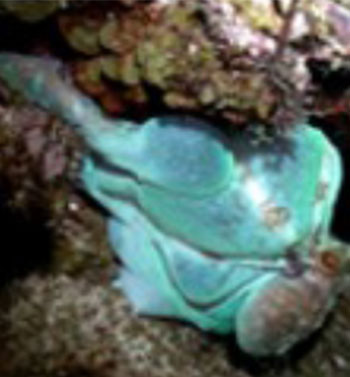
night dives
Do fish close their eyes when they sleep? See for yourself on a guided night dive!
Diving at night is an experience not to be missed. Whether it’s your first time venturing out in the dark, or you’re a night diving veteran, Grand Cayman’s calm clear water offers perfect conditions for exploring the night time underwater world. See the parrotfish napping in their mucus sleeping bags, blue tangs changing color while they rest, and search the crevises for the chromis that are so active during the day. For lovers of small critters, night is the best time to find an elusive nudibranch or to see cleaner shrimp battling to the death for territory.
Many of the ocean’s predators come out under the cover of darkness - barracuda, stingrays and moray eels can all be found stalking their pray on the reef, octopus get hungary and roam around, and lobsters get curious. Even the coral feeds at night, extending polyps out to catch passing food - you won’t recognise the reef that you have seen during the day.

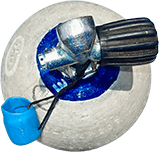 Contact Us
Contact Us 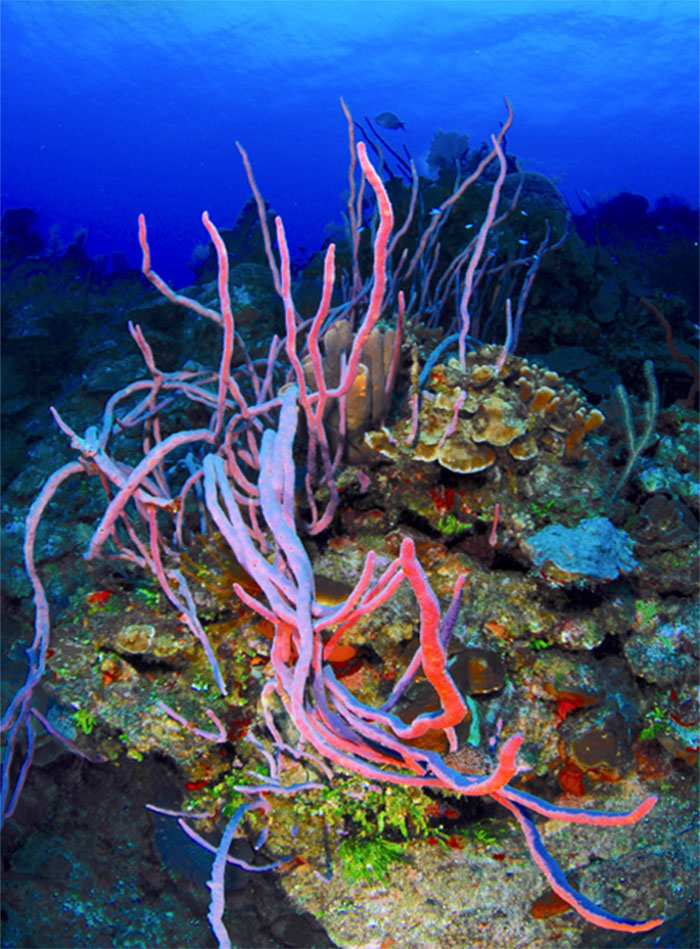
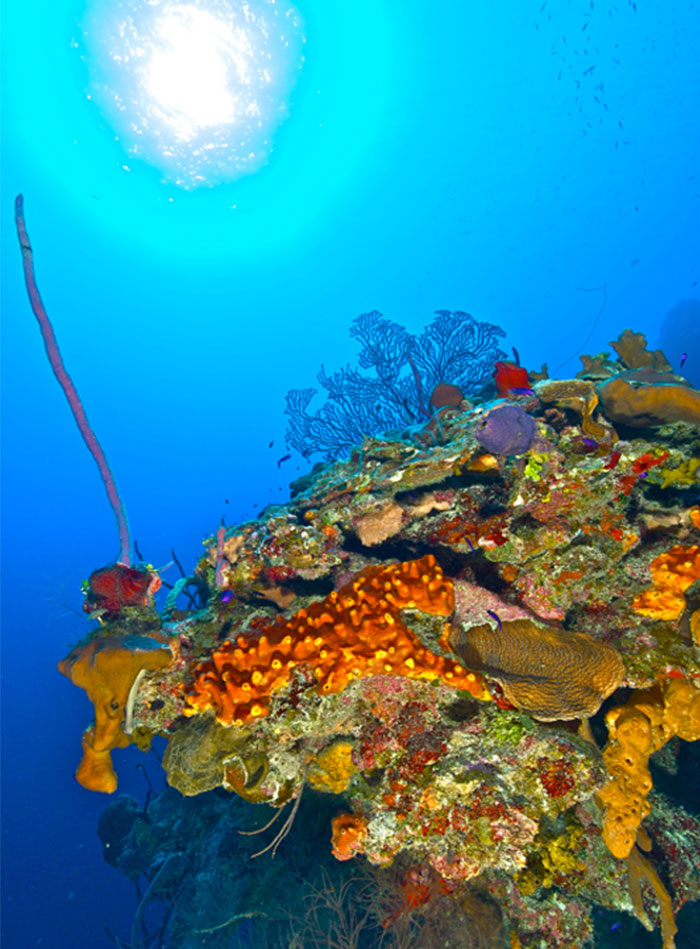
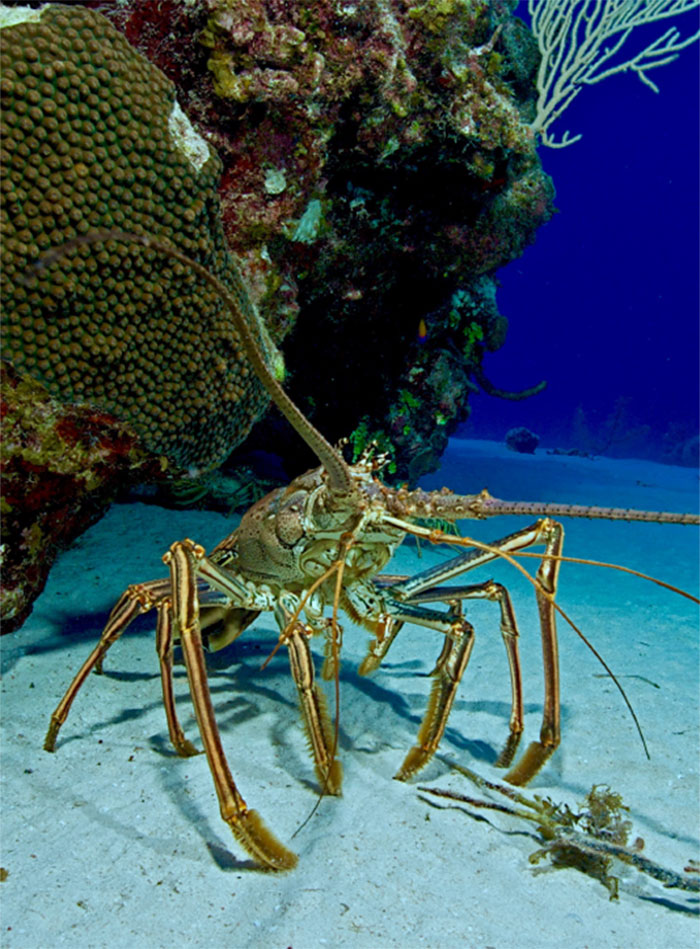
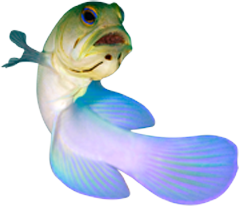 SIX
SIX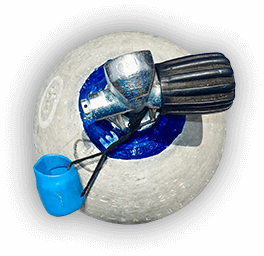 Contact us
Contact us 




